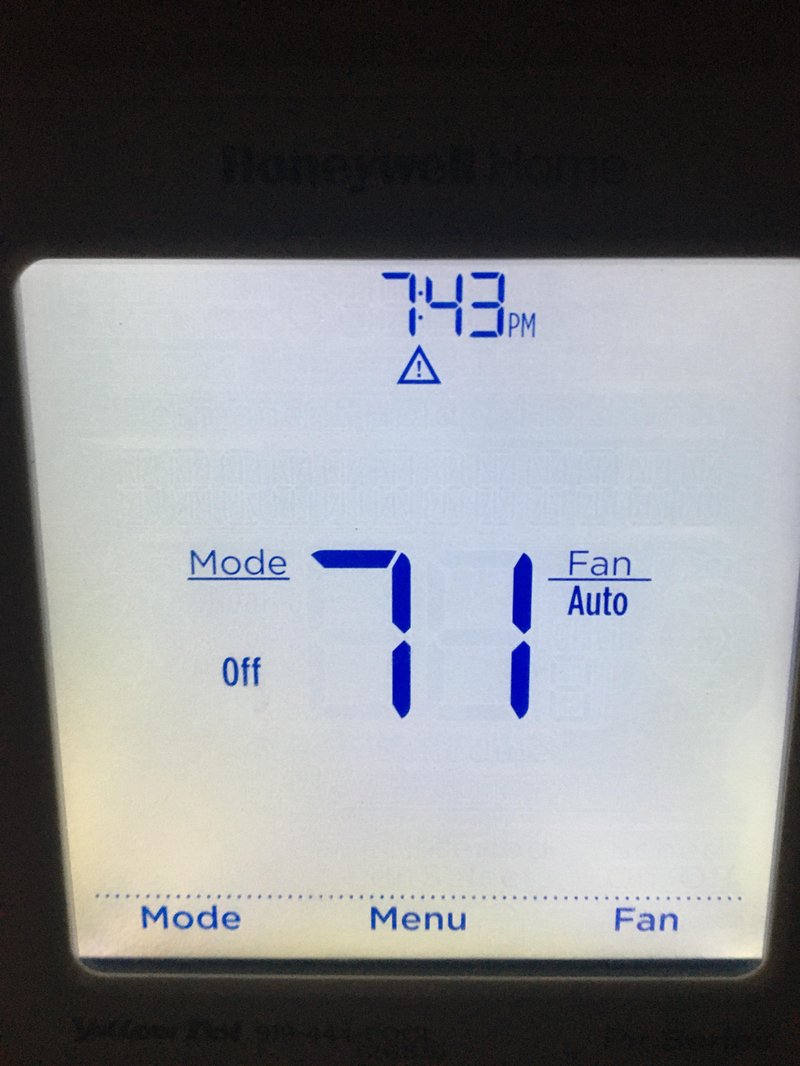
Here’s the deal: Error codes are like your air conditioner’s way of waving a red flag. They let you know something’s not quite right. In the case of Honeywell air conditioners, an F1 error typically indicates a problem with the temperature sensor or a miscommunication within the system. It’s almost like your AC is trying to tell you it’s got a sore throat and needs a bit of attention. But before you start to panic about repair costs, it’s essential to check if your warranty can come to the rescue.
Understanding Error Code F1
So, let’s talk about this Error Code F1. Imagine your air conditioner has a tiny built-in brain. It’s constantly monitoring everything to make sure it runs smoothly. The temperature sensor serves as its eyes, keeping track of ambient conditions like a weather station. When an F1 error pops up, it usually means there’s a miscommunication happening; it’s like your AC is trying to tell you that its thermometer isn’t working right.
A temperature sensor issue could mean the sensor is broken, or something’s gone wonky inside the air conditioner, causing it to misinterpret the temperature. Just like putting a hand to your forehead to check your own temperature, the AC relies on this sensor to work correctly. Without accurate readings, it can’t efficiently cool your space. Thankfully, this isn’t the end of the world. Now, you just need to figure out if it’s a fix covered under warranty.
If your air conditioner is fairly new, there’s a good chance that the warranty still applies. Most Honeywell air conditioners come with a limited warranty of one to two years. This might cover parts like sensors, which wear out over time, just like a pair of shoes. However, it’s crucial to check the specific terms of your warranty. That’s where things can get a little tricky, but don’t worry — we’ll break it down further in the next section.
Checking Your Warranty Coverage
Okay, let’s tackle the warranty game plan. The first step is to find your warranty document, which is often a paper booklet or a PDF provided when you first bought the air conditioner. Think of it as your safety net; it lists what’s covered and what isn’t. Most warranties include coverage for defects in materials or workmanship, like a factory-installed part that wasn’t quite up to par.
The tricky part is that warranties often do not cover damages due to misuse or wear and tear. Imagine trying to return a worn-out pair of running shoes to a shoe store; they wouldn’t take them back because they weren’t defective, just used up. Similarly, if your sensor fails due to age or extreme operating conditions, you might be out of luck with the warranty.
To make sure you get the help you need, take a close look at the purchase date and keep your receipt handy. If your AC is still covered, contacting customer support is your next move. They can guide you through the warranty claims process. Remember, even if your warranty doesn’t cover the F1 error, it’s still worth getting the sensor checked or replaced to avoid bigger problems down the line.
Next Steps and Prevention Tips
Once you’ve figured out whether your warranty offers coverage for the F1 error, it’s time to act. If the warranty still holds, don’t hesitate to get in touch with Honeywell’s customer service. Their representatives can help clarify your next steps, whether it’s sending a technician or providing a part for a DIY fix. If the warranty doesn’t help, consider calling a trusted HVAC professional to diagnose and fix the issue.
To prevent future occurrences of Error Code F1, regular maintenance is key. Just like you’d change the oil in your car, keeping your AC system well-maintained can prevent many common issues. This might include cleaning the filters regularly and ensuring the area surrounding the AC unit is free from obstructions.
By addressing small issues when they arise and maintaining your unit, you’ll not only keep your warranty intact but also extend the life of your air conditioner. And with this knowledge, you’re well-equipped to handle any surprises that come your way, keeping that cool breeze flowing when you need it the most.